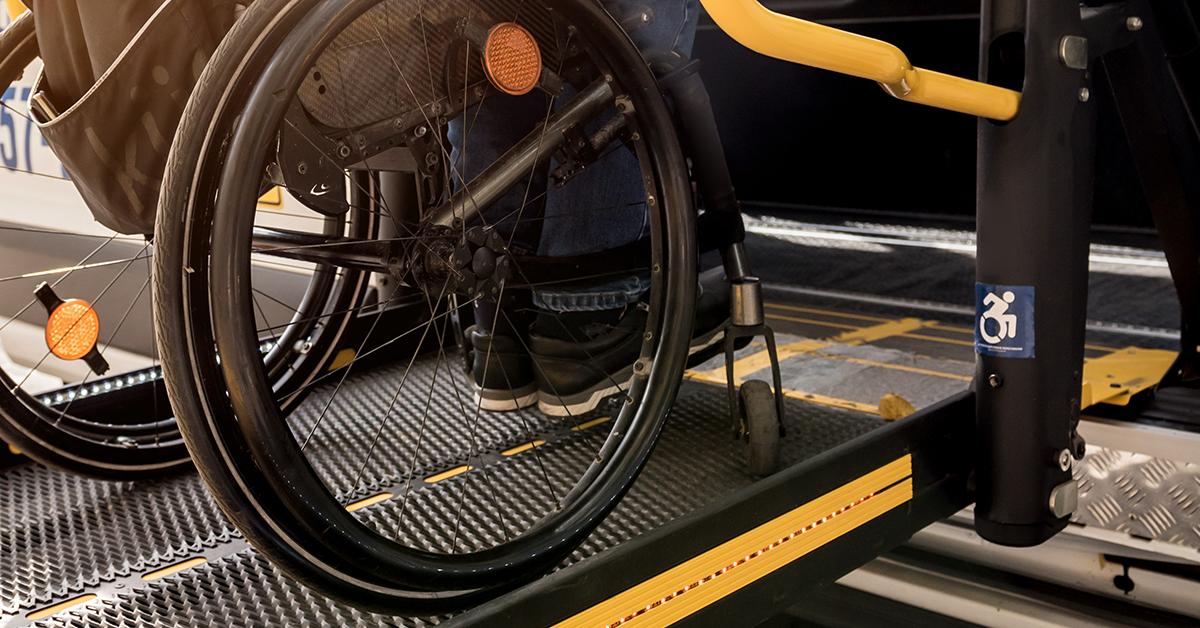Goodbye driver experience, hello ‘journey experience’: exploring the passenger experience in autonomous vehicles for MaaS applications
A blog by Neil McGregor – Chief Engineer, Steel E-Motive project
Autonomous vehicles are going to be a game changer for the automotive industry. They will unlock new possibilities for the Mobility as a Service (MaaS) industry and transform the movement of people and goods. Perhaps more importantly, they are going to completely change what we expect in the passenger experience. Self-driving vehicles remove an element of trust and confidence – the driver – and this can be an emotional journey for the uninitiated. Remove the driver controls, and suddenly the image of the average passenger car looks completely different and understandably inspires anxiety for some.

The transformation to MaaS poses two significant challenges which will have an affect on how consumers feel about their user experience:
- ensuring that new design freedoms don’t compromise vehicle safety
- developing positive passenger experience based on their user expectations
The Steel E-Motive program is developing two fully autonomous electric vehicle concepts – an urban and an extra-urban variant. In both of these vehicle variants, we will be addressing these challenges based on our research into passenger expectations for their experience in autonomous vehicles.
This blog explores some of our findings on the consumer expectations of the autonomous vehicle experience and how we are aligning these with our design considerations for the Steel E-Motive vehicle concepts to ensure a positive passenger experience in autonomous vehicles.
What will it be like to sit in an autonomous vehicle for MaaS applications?
Our studies into consumer expectations for level 5 autonomous vehicles show that there will be a fundamental shift in the primary customer requirements and experience expectations. Imagine getting into a car with no driver controls. No steering wheel, no pedals, no driver’s seat. A fully autonomous vehicle completely removes the need for a driver which means that everyone inside the cabin is now a passenger along for the journey. Suddenly there is no driver experience but a ‘journey experience’. It’s like stepping onto a bus or train, but in a much more compact and intimate setting.
Levels of Vehicle Autonomy
There are six levels of vehicle automation, as published by SAE International, to describe the amount of driver intervention required when a vehicle is in motion. The Steel E-Motive vehicle concepts are targeting level 5 vehicle autonomy.

Level 0
The driver has complete control over the vehicle and its functions. No driver assistance.

Level 1
The driver is primarily in control of the vehicle with some assistance functions eg. adaptive cruise control

Level 2
The driver must keep their hands on the wheel, but the system can assist in controlling speed and steering.

Level 3
Vehicles can drive themselves under a few ideal conditions, but a human driver is still required behind the wheel for when conditions change.

Level 4
Vehicles can drive themselves without human interaction under specific use cases and conditions. A human may need to step in for some driving modes.

Level 5
Completely autonomous driving without the need for human interaction. The Steel E-Motive program is targeting this level of vehicle autonomy.
Removing the driver interface opens new possibilities to explore how we can tailor the interior for a positive passenger experience in autonomous vehicles. We anticipate that vehicle occupants will spend their journey time very differently. Where once they might be operating the vehicle or concentrating on the road, passengers are now able to work and socialise either directly or virtually. Or they can just sit back and enjoy the ride.
Alternative interior layouts are being considered for both the urban and the extra-urban variant of the Steel E-Motive vehicle concept. We believe that a degree of modularity and configurability will be required within the interior to accommodate different user requirements. For example, longer journeys of the extra-urban variant may require more luggage space, higher levels of comfort or more access to on-board entertainment facilities than the urban variant.
The interior layout and seating positions could include a combination of front and rear facing seating to better facilitate socialising. There is also the opportunity to consider the facilities that passengers may favour for their journeys. A degree of connectivity to enable work or on-board entertainment is likely to be desirable, particularly on longer journeys.
Addressing passenger anxiety in autonomous vehicles
For some passengers, the prospect of relaxing in a vehicle without any kind of manual driver control might be a daunting one. Our studies have shown that OEMs should anticipate some level of anxiety from passengers, particularly when transitioning from conventional to autonomous vehicles. It is going to be imperative that any autonomous vehicle provides a high level of safety and comfort to reassure nervous passengers. Most of the vehicle’s pro-active safety measures will be hidden from the passenger’s view, but a steel-based structure creates a positive image of safety. Visual cues for reassurance are going to be important to help manage any passenger anxiety.
As with conventional vehicles, autonomous vehicles must go through extensive safety assessments including crash and battery safety testing. The removal of the driver position allows us to explore new vehicle designs which more efficiently use the structure to improve safety performance. The ability to place passengers in non-conventional seating positions within the vehicle creates a safety challenge, but steel innovation allows us to explore the design of Steel E-Motive’s primary vehicle structure and improve on crash and safety load paths. We are exploring vehicle structural improvements, combined with new steel and steel technologies to improve the overall safety of the vehicle concepts.
Passengers also are concerned with safety inside the cabin. The COVID-19 pandemic has placed a new emphasis on the importance of hygiene on public transportation. It will be essential that any vehicle that is used to transport members of the public can be cleaned to a high standard easily and effectively in order to reduce the risk of germ transmission. The modular approach to the Steel E-Motive vehicle interior will help to facilitate hygiene within the vehicle, allowing fleet operators to tailor the vehicle interior for social distancing and to make deep cleaning easier.

Passengers are likely to be anxious about hygiene in MaaS vehicles.

Ramp access and flat floors will be essential to ensuring ease of access
Public transportation is for everyone: considering ease of access in autonomous vehicles
As the MaaS concept continues to expand as a model, it is of paramount importance that these services are available to all members of the public. Therefore, vehicle accessibility needs to be thoroughly considered to ensure that people from all backgrounds will be able to access convenient public transportation when they require it.
For the Steel E-Motive vehicle concepts, we are exploring design solutions to enable safe and comfortable access to and from the vehicle. As the interior configuration of the vehicle can change, this has enabled the consideration of new door mechanisms which can improve access. We are expecting the door opening to be wider and higher than a conventional vehicle with consideration for ramp access. We are also aiming to engineer the vehicles with a completely flat interior floor which will offer improved occupant safety and convenience.
These features, in addition to a configurable interior flexible to passenger needs, will help to ensure that autonomous vehicles can be accessible to all.
Promoting a positive passenger experience in autonomous vehicles
It is essential that any fully autonomous vehicle for MaaS applications promotes a positive passenger experience for consumers. This means that the vehicles and the services they provide must be safe, comfortable, convenient to use and represent good value for money. And this is exactly the kind of solution that the Steel E-Motive program aims to develop as we continue to explore designs for our autonomous vehicle concepts.
Find out more about how the Steel E-Motive vehicle concepts is developing so far.


Neil McGregor
Chief Engineer, Steel E-motive and Ricardo
Subscribe for updates
The Steel E-Motive vehicle concept is still in development. Sign up to be the first to hear about the latest developments from the program.
